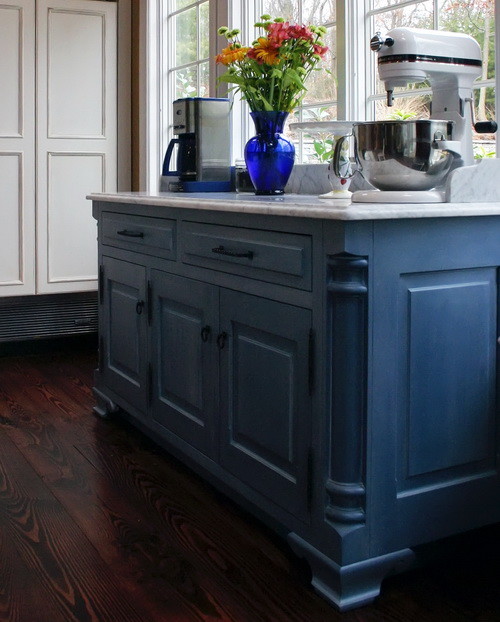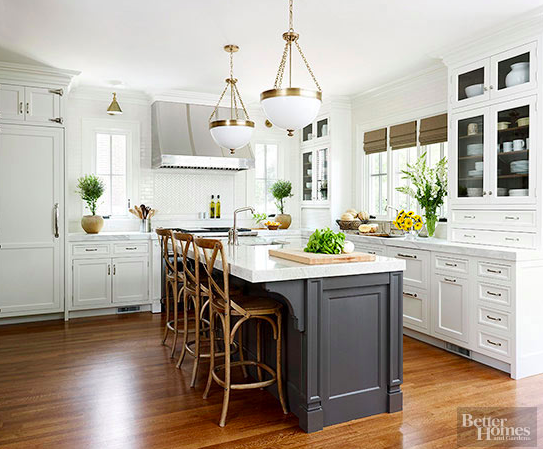High-Quality Kitchen Island Legs for a Sturdy Space Station
High-Quality Kitchen Island Legs for a Sturdy Space Station
Blog Article
A Guide to Choosing the Ideal Cooking Area Island for Your Home
Choosing the perfect cooking area island is a multi-faceted decision that can considerably influence both the performance and looks of your home. Comprehending your cooking area's spatial dynamics is the first step, making certain that the island fits seamlessly without interfering with the circulation. Past space considerations, recognizing the primary objective of the island-- be it for dish prep work, dining, or extra storage space-- is vital. The selection of coatings and products additionally plays a necessary function in integrating the island with your kitchen's general layout. As we check out these aspects better, the subtleties of each decision will come to be clear.
Evaluating Your Area
Prior to picking a kitchen area island, it is important to thoroughly analyze your room to guarantee the addition will be both practical and cosmetically pleasing. Begin by gauging the available area, consisting of the size, size, and height of the kitchen area. Precise dimensions are essential to stay clear of buying an island that overwhelms the area or one that is disproportionately tiny.
Take into consideration the existing layout and just how the island will certainly incorporate with the existing web traffic circulation. A well-placed island ought to not block pathways or restrain access to crucial appliances, such as the oven, fridge, and sink. Leave sufficient clearance space-- normally around 36 to 48 inches on all sides-- to allow for comfy motion and workspace effectiveness.
Next, review the all-natural light and sightlines within your cooking area. An island that obstructs a window or interferes with aesthetic communication can make the space really feel dark and cramped. Consider how the island's positioning will affect lighting and exposure, ensuring it enhances as opposed to takes away from the kitchen's ambiance.
Figuring Out the Purpose
Establishing the objective of your kitchen island is a vital step in ensuring it meets your particular demands and preferences. Prior to diving into style or size considerations, it is necessary to clarify what key feature the island will offer in your kitchen area. Will it be a central center for meal preparation, a laid-back dining location, or perhaps an additional storage space solution?
Additionally, sufficient counter space for mixing and cutting, along with accessible storage space for kitchen devices and ingredients, can transform the island right into an efficient workstation. Conversely, if the island is intended to offer or promote social interactions as a dining location, seating plans become vital.

Picking the Right Dimension
Picking the right size for your kitchen island is an equilibrium of capability and space optimization. An excellent kitchen island ought to provide enough office while ensuring that motion around the kitchen area remains unblocked. Begin by gauging your kitchen area room; a minimal clearance of 36 to 42 inches around the island is required to permit comfortable motion and access.
The measurements of the island need to show its designated use. If the island will serve mainly as a prep area, a width of 24 to 36 inches might be sufficient. However, if it is to suit seating, you need to think about a bigger dimension, typically determining at the very least 48 inches in width. Islands committed to sinks or home appliances may call for additional room to house these features sufficiently.

Last but not least, ensure that the island's size complements have a peek at these guys the overall kitchen format, avoiding any frustrating visibility that might take away from the kitchen area's visual and energy - kitchen island legs. Cautious planning and precise measurements will certainly assist you attain a unified and efficient kitchen area atmosphere
Choosing Materials and Finishes
After figuring out the proper dimension for your kitchen island, the following action includes picking appropriate products and surfaces. The selection of materials substantially impacts both the visual appeal and capability of your kitchen island. Popular products for countertops consist of granite, butcher, and quartz block, each offering distinctive advantages.
In enhancement to the countertop, consider the products for the space station. Strong timber offers a timeless, sturdy appearance, while stainless-steel gives a smooth, modern-day appearance and is simple to clean. Repainted coatings can introduce a splash of color, with choices ranging from low-key pastels to vibrant, vibrant colors.
When picking finishes, ensure they enhance the overall kitchen design. Matte coatings supply a modern feel, while glossy coatings can develop a sleek, high-end look. Take note of the longevity of surfaces, especially in high-traffic areas, to keep the island's look over time. Selecting the appropriate materials and coatings will enhance both the performance and visual allure of your cooking area island.
Incorporating Useful Attributes
Incorporating practical functions into your kitchen island can substantially boost its energy and ease, changing it into a flexible centerpiece of your cooking area. One essential function to consider is extra storage. Integrating closets, drawers, and open shelving can provide much-needed room for kitchenware, tools, and little home appliances, aiding to maintain a clutter-free environment.
Another important enhancement is an integrated sink or cooktop, which can enhance dish preparation and clean-up processes. A sink can help with tasks such as washing veggies and cleaning up recipes, while a cooktop can allow for food preparation straight on the island, cultivating a much more interactive and social food preparation experience.
Think about including seating choices, particularly if your kitchen area doubles as a casual eating location. Bar stools or built-in benches can transform the island right into a multifunctional space for dishes, research, or click this casual gatherings.
Lastly, integrating electrical outlets into your kitchen island can enhance its functionality. Electrical outlets supply practical gain access to for small cooking area devices, billing terminals for electronic gadgets, and added lights options.
Conclusion

Prior to choosing a cooking area island, it is necessary to completely evaluate your area to ensure the enhancement will be both useful and cosmetically pleasing.Choosing the right size for your cooking area island is an equilibrium of functionality and space optimization. kitchen island legs. An ideal kitchen area island need to offer ample work area while making sure that this content motion around the cooking area remains unobstructed.Incorporating functional functions into your kitchen area island can substantially enhance its energy and comfort, transforming it right into a functional focal point of your kitchen.In conclusion, choosing the suitable kitchen island requires an extensive evaluation of the readily available area, quality regarding its primary feature, and cautious consideration of the proper dimension and materials
Report this page